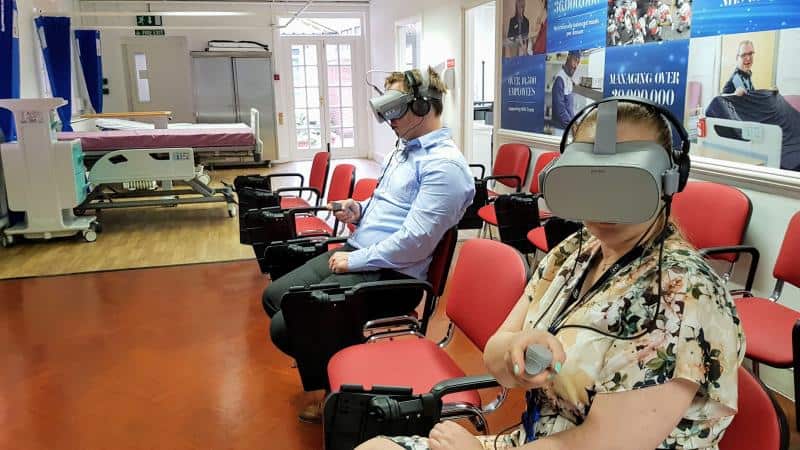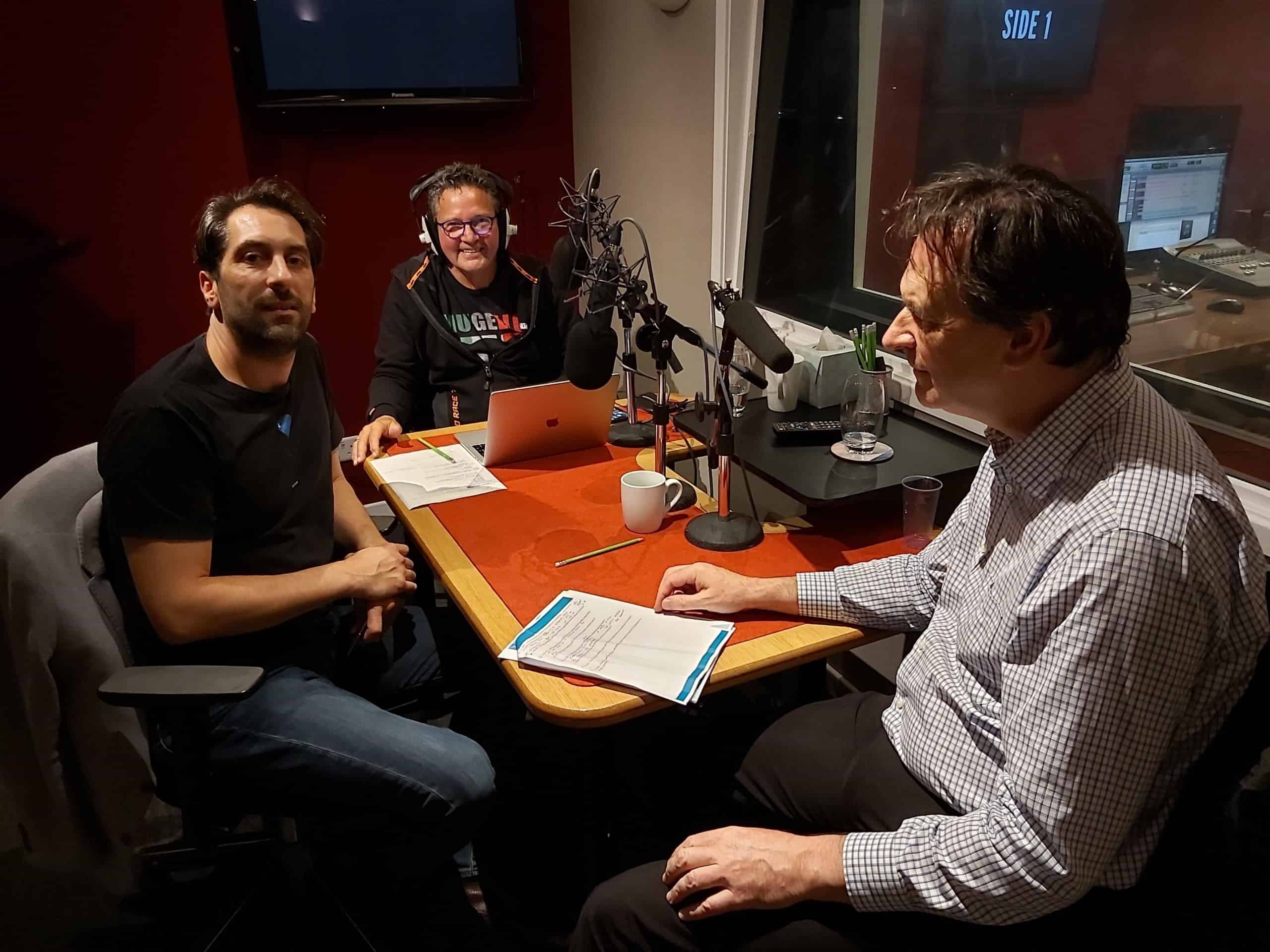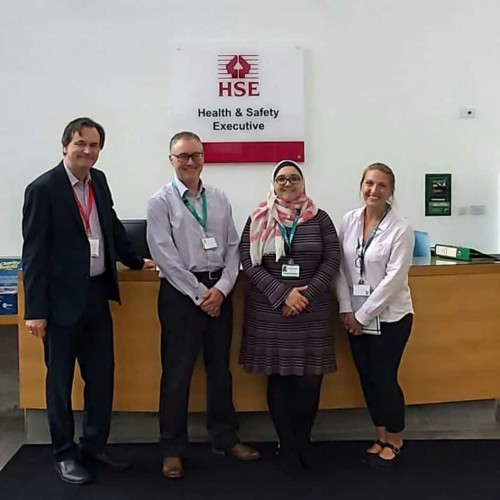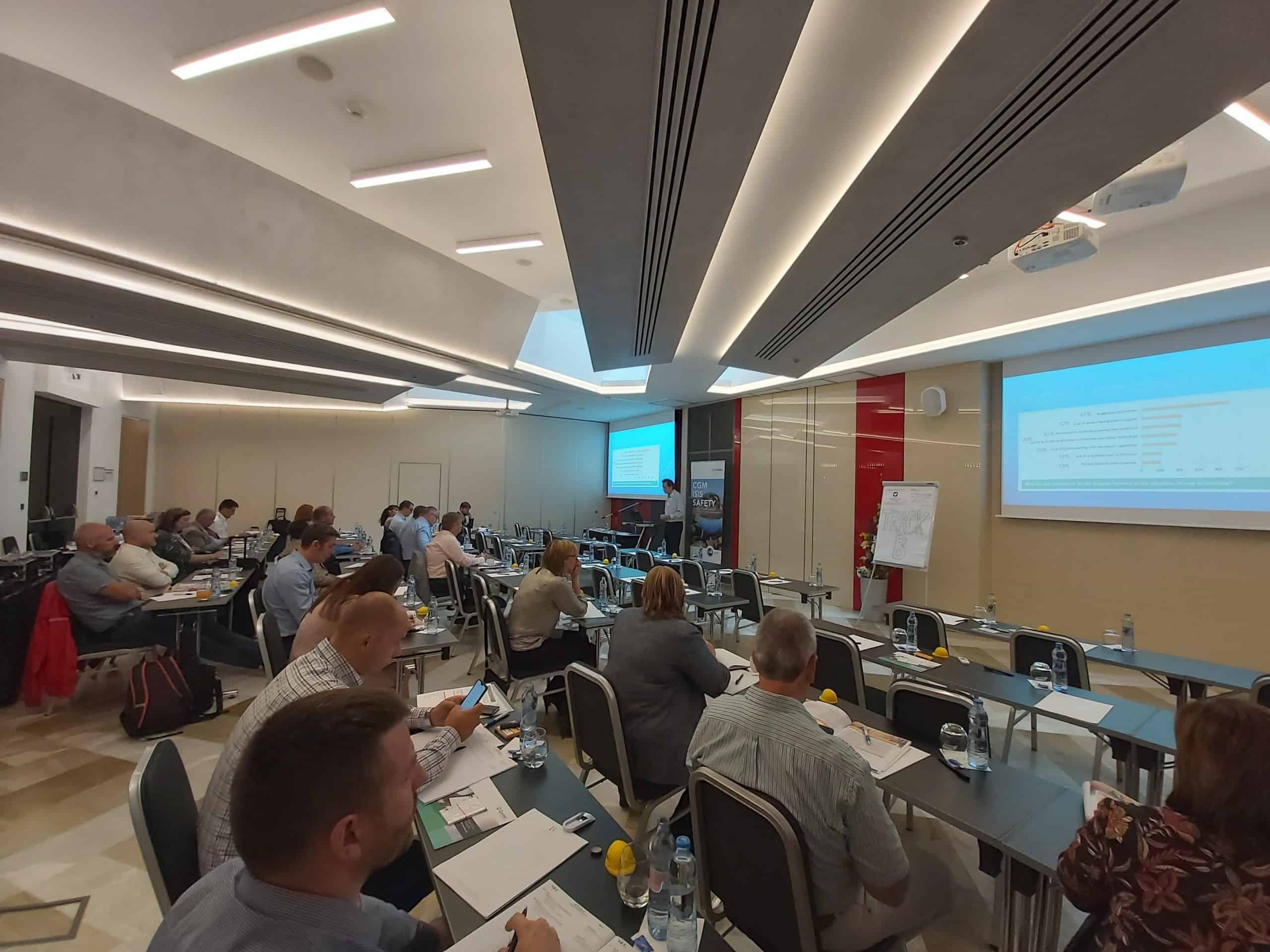Free knowledge to monitor the world of events. Have a look at our must read Blogs on Pharma, Finance, HR, Health and Cross Industry.
Robot Safety Rocks! After Prague 2019
John Kersey writes on safety technology and related topics for the SHP online publication. He was one of the presenters at the European HSE Forum 4.0 conference in Prague in September 2019 He was acknowledged as one of the Top 5 Speakers at the conference. His presentation covered 5 top safety trends to be aware of. Here he reflects on takeaways since the conference.

We go to an event, meeting or conference and we take on board the learning there but what happens next? Here I’d like to update the attendees on events since but also give potential attendees a flavour of the event to influence them to attend in the future!
The application of Internet of Things (IoT) and Artificial Intelligence (AI) have become very hot topics in the health and safety world. I was naturally delighted to present on these at the European HSE Forum 4.0 which was my first speaking spot at an international conference.
The event
Immediately after arriving at the venue I was impressed by the professionalism in the event management and the thought that had gone into the programme. Individual slots could be held either as a large event, or the room could be divided into two for streamed experiences. Attendees could also tour during the breaks vendor setups displaying software, training packages and behavioral systems.
Arriving midway through Day 1 I managed to catch Katie Kemp, Group Digital Leader for Tate & Lyle who run through their fascinating system of learning from incidents. This partly involved creating an animated film as a timeline of events to use as a narrative. There was a lot of buzz around this and in particular inquiries on cost and timescale. The following presentation by the duo of Bob Arnold and Dr Waddeh S Ghanem Al Hashmi was thought provoking. It was about the need for a standard in governance and leadership and the changing role of the practitioner. This was a welcome curtain raiser for their forthcoming book on the topic.
The pastoral needs of the attendees were met by an after hours brewery tour in Old Prague, a great opportunity to both network and connect.
On Day 2 we had a presentation from Debbie Janson from the University of Bath. She was presenting some preliminary findings in the form of a user survey on issues surrounding safety footwear. This very much transcended expectations covering gender issues, false assumptions and the need for innovation from the manufacturer’s. This caused me to become quite evangelical on the subject and an article in SHP online resulted from this.
We look forward to more insights from Debbie in the future as her study progresses.
Robot Safety Rocks! – following up the trends
I felt really relaxed and connected during my own presentation on the morning of Day 2. For that I can thank the efficient administration of Silvia Kramer and her team. They were always on hand to help. Of course I owe thanks to the excellent audience as well.
Robot Safety Rocks! – start-ups driving the agenda
So how did I develop the themes raised at the conference? First, I looked at the State of Play and in particular the impact of start-ups and emerging innovation. Having exampled the young designer Matthew Whitby and his work at height application Sure Clip his profile appeared in a SHP online issue in July.
Since Prague two particular start-up events spring to mind, the Lloyd’s Register Safety Accelerator show held at the Barbican in London which showcased some awesome #safetytech developments ranging from predictive analytics systems to a drugs/alcohol/psychological state monitoring system using iris scanning technology.
One I was more involved with as a judging panel member was the Arco Innovation Award. A number of start-ups put forward developments such as field maintenance systems, vehicle based vision systems, exoskeletons and quite a few more. We completed round one looking at the prospective finalists using a start-up appraisal system Early Metrics.
The next round of judging will take place in January 2020 which will be eagerly anticipated!
Trend #1 – Mixed reality
Along with John Fecci, Commercial Director at VR Learning Studio I recorded a podcast with Clive Elleforde of PTW on “Bringing AR/VR to enterprise” which is available on Spotify and iTunes.
I mentioned the immersive storytelling accelerator project pioneered by Brunel University London in association with Royal Holloway called StoryFutures, details of which can be found here.
In the environmental field, there is a StoryFutures project supporting a coffee cup re-cycling scheme at Heathrow Airport using object recognition technology.
Trend #2 – Vision systems
These are coming to the fore very rapidly and was fascinated to attend a launch event by DataSparQ, for the AI Bar system which uses object recognition technology to assess who should be served first at a bar and also retain details for their round of drinks. Of course this is part of the normalisation of AI and it received a lot of media attention including national TV.
Besides this they are also working on safety cases using object recognition vision systems.
We briefly looked at “anchors” as a developer’s tool for assessing images which will help in explain-ability in vision systems. Key to acceptance of AI in regulated domains is explain-ability, as not only explaining how and why a particular decision was reached (to add conviction), but also to understand when things don’t turn out as expected! There are various black-box techniques arising and in Prague I mentioned the Seldon.io product Alibi.

Trend #3 – Enhanced analytics
As recommended at the session there are some very good YouTube videos on the techniques of dashboard storytelling. Storytelling is often an example for a great way to bring a topic to life. One issue is it can drift towards myth making. Storytelling through data helps curb this tendency. This is also a great technique towards group understanding of complex issues and looking beyond the x-y axis.
At the IBM Think expo in London I learned of a neat feature in IBM Cognos called Event Studio that enables registering condition alerts, which is very important in compliance work. These act as a “oil warning light” when it looks like a target or limit will be breached.
A good overview on IBM Cognos which we exampled in Prague here.
Trend #4 – Design Thinking
Again at the IBM Think Summit in London the work of the IBM Corporate Garage was exampled and the show booth acted as a journey through a practical application of the technique. Quite a few people asked me about this after the presentation so I direct you to a good resource here.
I am hoping to get some Garage time in on a safety application so await further developments!
Trend #5 – Standards and Accountability
We looked at the entrypoints of standard makers and regulators as a sign of maturity as IoT/AI in safety moves from the formative stage to the normative stage.
The British Standards Institute are setting a pace here, not only by publishing guidance on emerging technology such as the PAS on virtual reality and the development of a standard on immersive technology, but also in setting up a BSI IoT community and highlighting the need for resilience through roadshows.
The other strand here is the work of the regulators and it was a privilege to see some of the work at the UK’s Health and Safety Executive (HSE) research centre. In partnership with Lloyd’s Register and the Thomas Ashton Institute, they have set up a global safety data analytics research project called Discovering Safety. This is very comprehensive – part of the work involves data mining in the 1.5 million incident records held by the HSE. The principle is to use these as a training set where other enterprises can seek insights in their own data against this. Article on Discovering Safety here.
The next step – becoming a #futureshaper
As ever my cry from the heart is the safety professional should evolve into being a #futureshaper – anticipating events and syndromes instead of just analysing what went wrong and why. For that we need to develop robust predictive analytic tools that convince people to avert from a dangerous path. In a way it brings together all these trends. My personal blog on this available here.

Disclaimer. The views expressed in this article are those of the author and do not necessarily represent those of any commercial, academic or professional institution I am associated with.
John Kersey
Get a feel for our events

Process Validation for Biotechnological Products MasterClass - US edition
06-09 May, 2024
Understand how to qualify scale-down models
learn more >>
Fundamentals of Pharmacokinetics MasterClass - EU edition
07-10 May, 2024
Pharmacokinetics (PK) play a key role in drug development
learn more >>
Advanced Stability Testing in Pharmaceuticals MasterClass - US edition
07-10 May, 2024
Increase the likelihood of studies receiving regulatory approval
learn more >>













